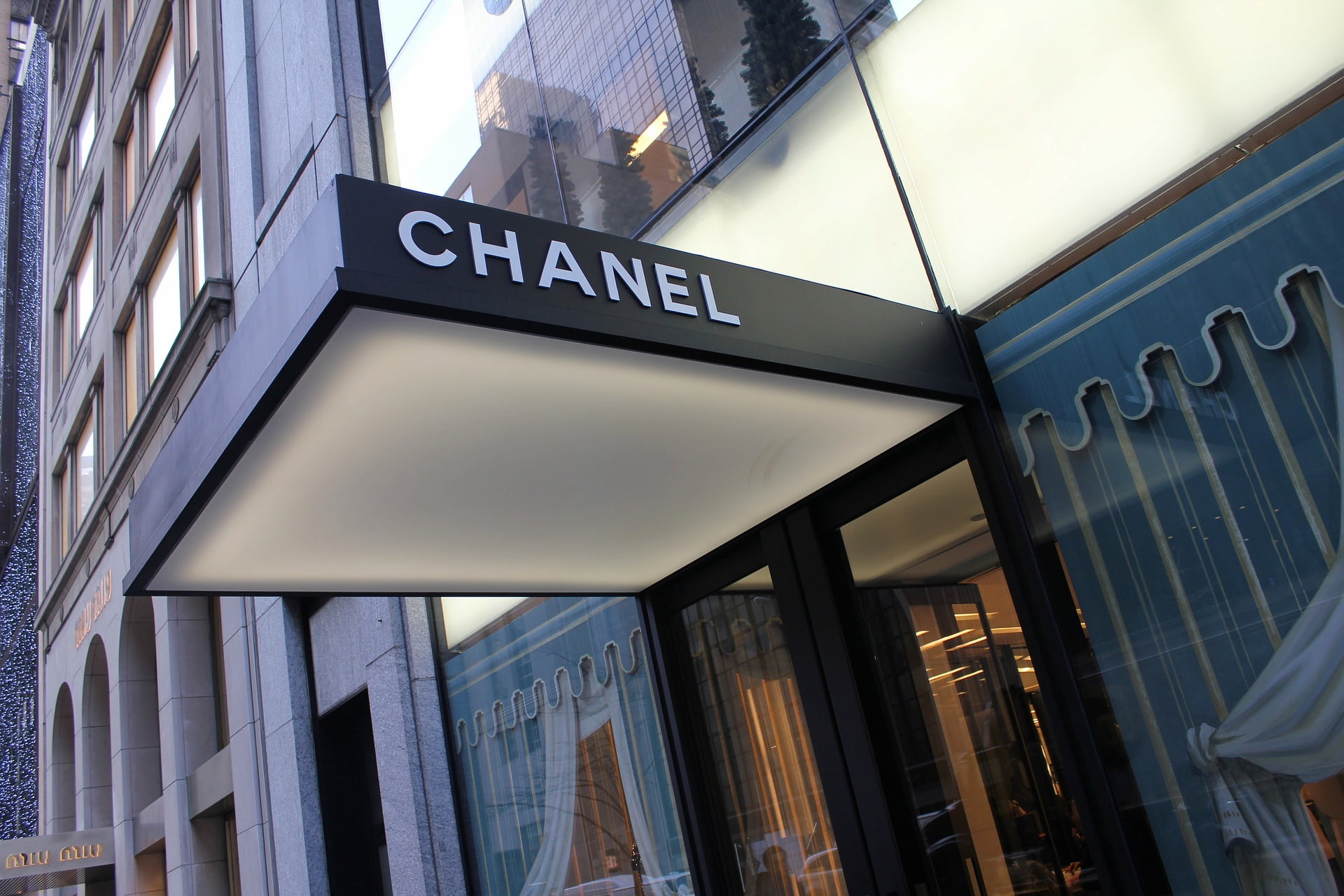Chanel, one of the most famous fashion houses in the world, entered the Chinese market in 1999. Following the country’s economic growth, the firm also expanded and gained more and more popularity. By 2021, Chanel was the favorite brand of Chinese customers, according to Agility China Luxury Brand Affinity Rankings.
In the Chinese market, Chanel pursued different strategies: in the early years, the firm emphasized its entrance in the digital market, making e-commerce a significant part of their sales and focusing on collaborations with Key Opinion Leaders. Recently, they have also been collaborating with Wang Yibo and Liu Wen, prominent Chinese celebrities.
China’s growing Gen Z market
The Chinese luxury market is growing ever stronger especially due to the transformation of target consumer: more and more young people are interested in luxury goods and consider them necessary for better expressing themselves. Moreover, they experience the need to share their purchases on social media, which increases luxury brands’ publicity and therefore further expands their market.
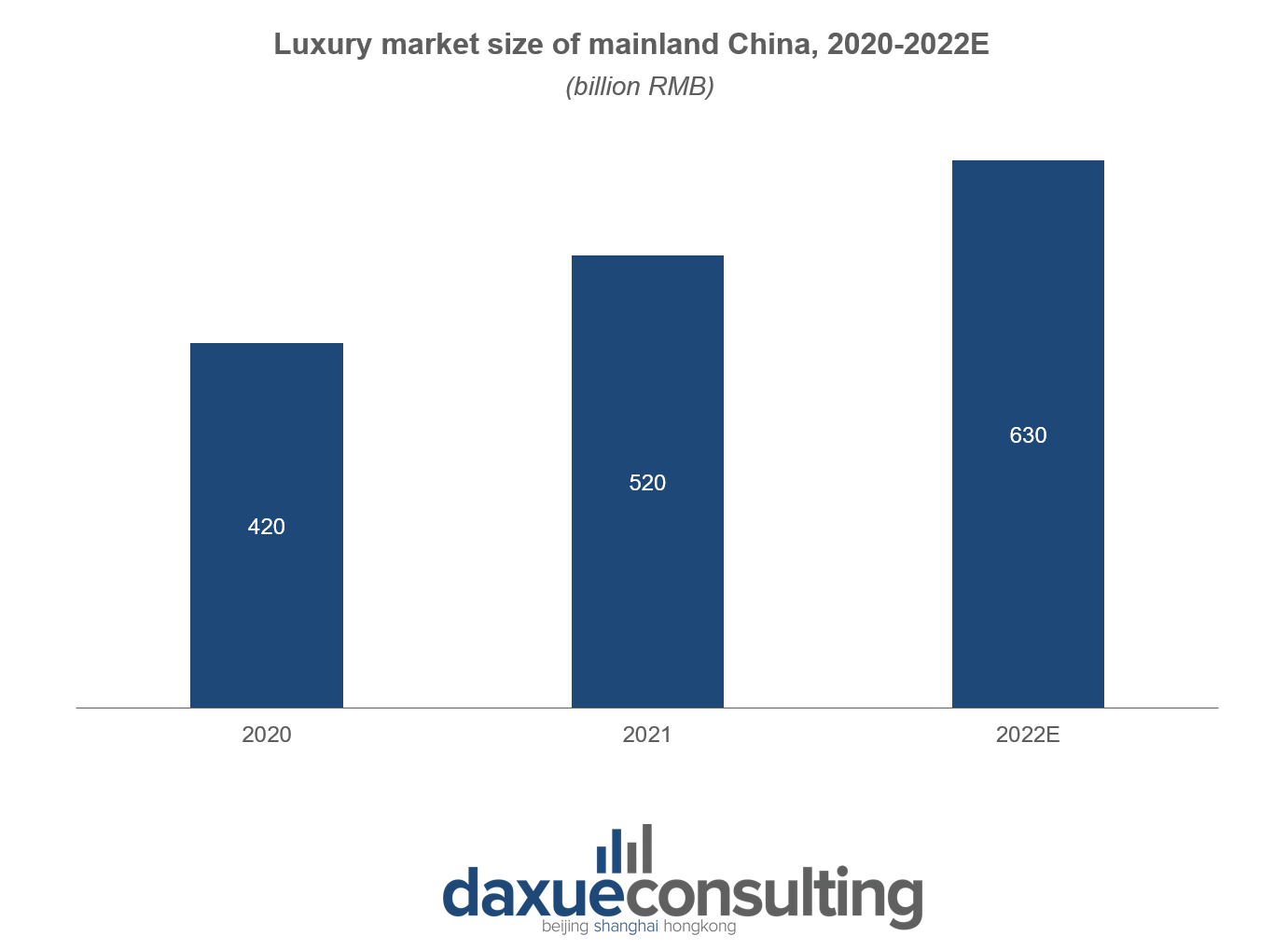
According to a joint research by Tencent Marketing Insight and Boston Consulting Group, the post-90s light-spending consumers, a large part of which is the Gen Z population, had the largest spending growth in 2020.
This growing layer of Gen Z consumers has specific traits that separates it from other customer segments. First, they are much more open to innovative products and services, and eagerly follow fast-changing online trends. Second, they have a high interest in sustainable consumption and environmentally friendly initiatives. According to Daxue Consulting’s Green Guilt Report, 89% of consumers believe that environmental sustainability is important in fashion products, and 91% think the same of beauty products.
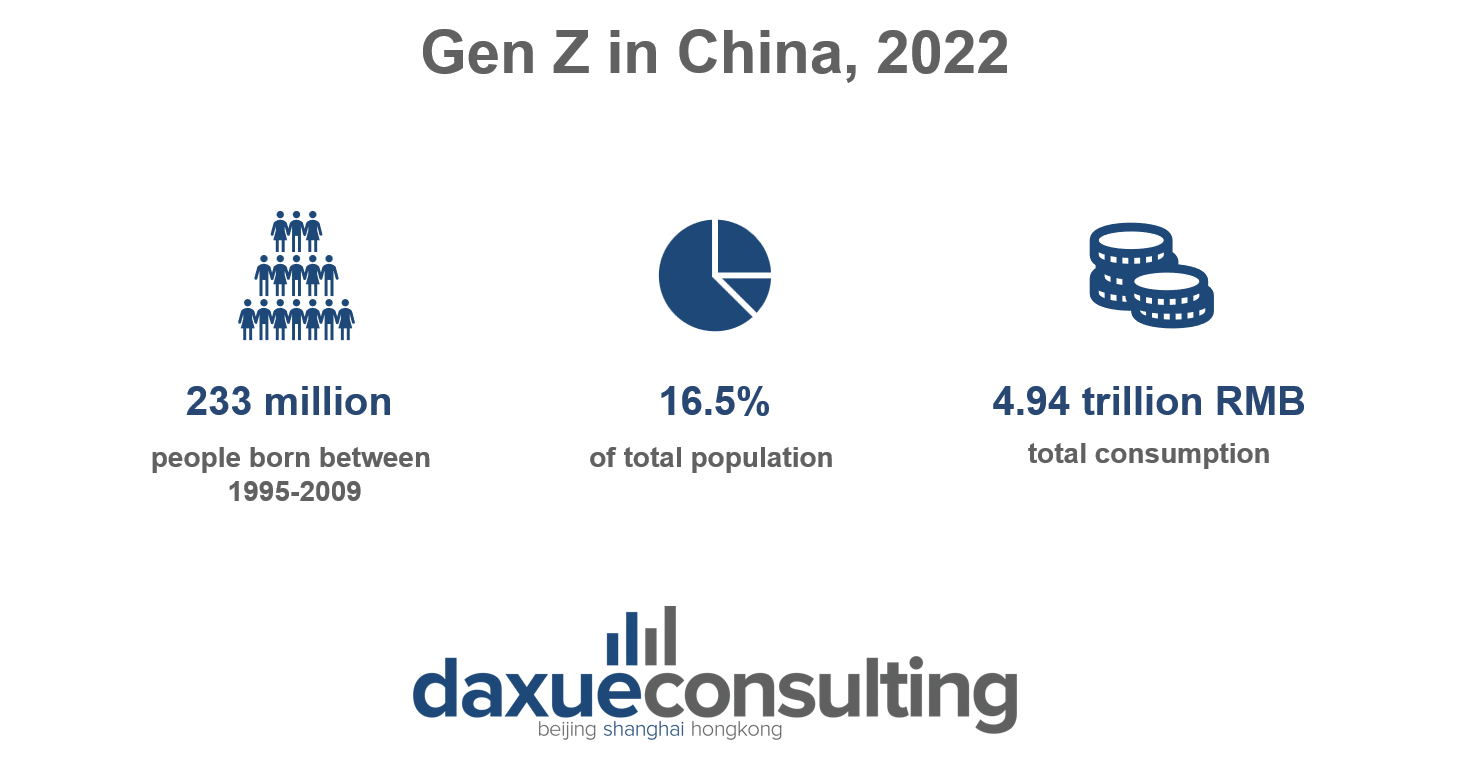
Chanel launched its environmental agenda
Following trends in the global and Chinese market, Chanel has recently started looking to promote its environmental agenda. In 2020, it published a set of sustainability goals that followed the 2015 Paris Climate Agreement agenda, the main aim of which is reducing the global mean temperature growth to 1.5º. Chanel’s ecological strategy was inspired by this agreement and was named Chanel Mission 1.5º.
The main goals of Chanel’s mission were to reduce their carbon emissions in the next decade and help accelerate the transition to a more sustainable world. The outline underlined the company’s role in the global fight against climate change, with Chanel having the potential to be a big worldwide influence.
The firm aimed to decrease the impact of their operations by reducing the firm’s carbon footprint by 50% within 2030 and lowering their emissions by 40% per unit sold, shifting to 100% renewable electricity in their operations by 2025, with an interim goal of 97% by 2021. To help the world become more resilient, Chanel planned to invest in nature-based solutions to remove and avoid carbon at least equal to their global emissions, and finance projects that help communities to adapt to climate change.
The effectiveness of Chanel’s sustainability efforts
The following year, in 2021, Chanel issued a performance update report on its environmental agenda, namely Mission 1.5º. According to the report, the carbon footprint decreased 33% compared to 2018. However, emissions from their value chain increased by 4% and now requires a 13% reduction to reach its absolute target. The shift to renewable electricity was more successful, growing from 41% in 2018 to 92% in 2021.
The report also mentioned efforts done in order to make the world more sustainable, which included investing and sitting on the board of the Landscape Resilience Fund and the Word Wide Fund for Nature. According to the data, Chanel helped in preserving land, protecting species, assisting in healthcare, education and livelihood diversification, and defining plans for community organizations. These points were not elaborated on, and their details were left unclear.
In their product chain, Chanel presented its first eco-responsible skincare, make-up, and fragrance line. The Nº1 De Chanel line was presented in Chanel’s environmental report as part of its Mission 1.5º. The line uses formulas containing up to 97% natural ingredients, specifically derivatives of the camellia flower. The packaging of the line is also eco-designed, with reduced weight of glass used and the possibility of being refilled.
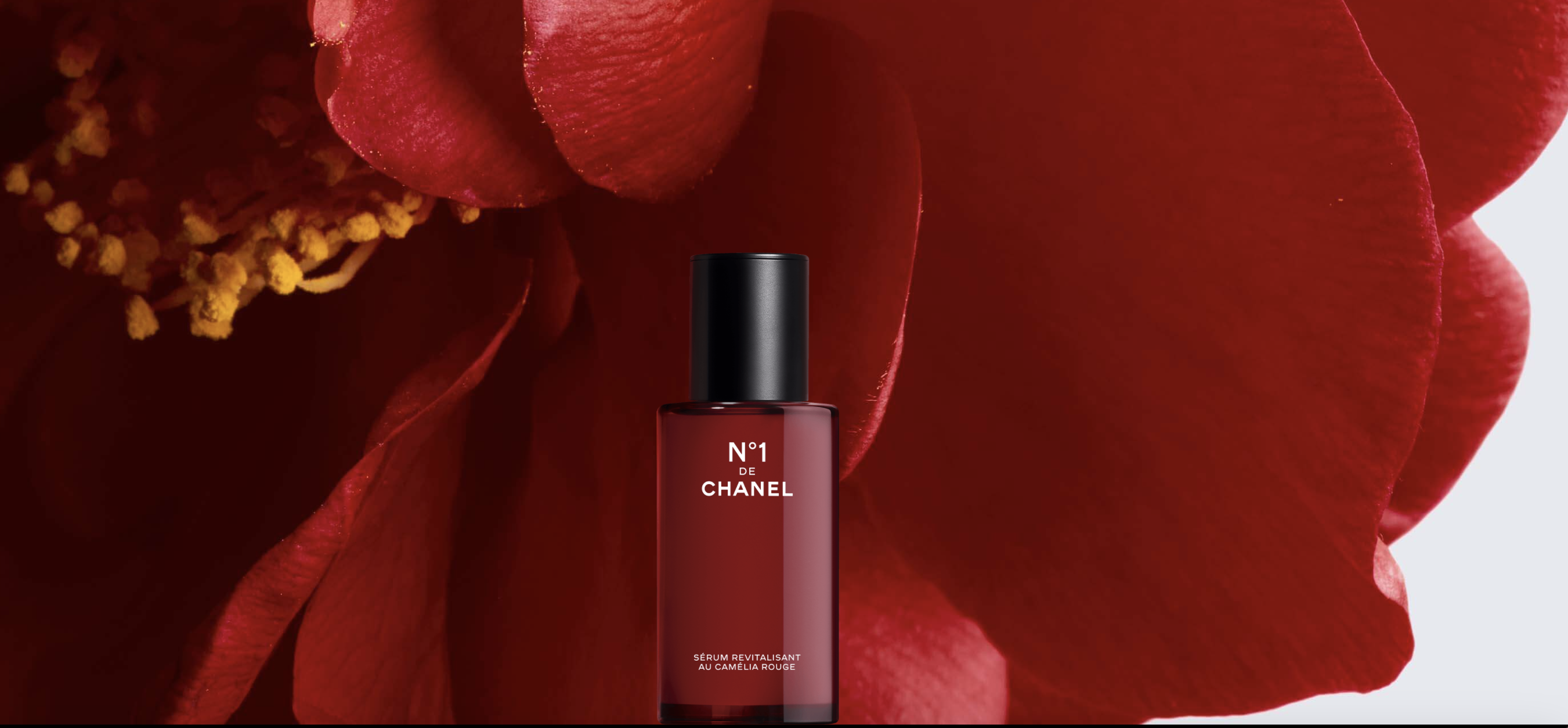
Is Chanel’s agenda just greenwashing?
There are different opinions on what stands behind Chanel’s ecological mission. Greenwashing has become such a prominent trend that Chanel’s environmental agenda was also seen as part of it. Critics said that even though the turn towards sustainability is a positive one, key issues have not been addressed.
It has to be kept in mind that companies turning towards environmentally friendly policies often do it to capture value-driven consumers, but also to obtain so-called sustainability-linked bonds. These make companies’ financing much easier and increase the attractiveness for investors. If the businesses don’t succeed in fulfilling sustainability goals, they are obliged to pay out bigger sums. However, this rarely shows to be a problem because companies set the goals themselves and opt for more attainable ones.
Chanel’s sustainability efforts have to be appreciated, because any shift towards environmentally friendly policies can make a difference in the world, especially when it comes from such a prominent and large company. Not only do these policies affect the large production of the firm, but its agenda could influence other businesses and consumers to become more aware of current global issues.
However, Chanel’s actions are also imperfect: Indeed, their own latest report showed that not all goals have been achieved: for example, their value chain emissions were increased instead of being reduced, and sustainability watchers believe that the French maison still doesn’t use eco-friendly materials and has taken no action neither in minimization of hazardous chemicals, nor in water reduction initiatives.
What do Chinese netizens think of Chanel’s sustainability efforts?
Chanel is prominent in the Chinese market and is a popular topic for discussion on Chinese social media. For example, the company’s name has been mentioned more than 2.3 million times on Weibo, and it has been viewed 2.1 billion times. It is a company often mentioned by bloggers and magazines, and these posts receive numerous comments. The main image of the company appears to be a positive one due to big promotion by fashion bloggers and interest of their followers. These posts usually attract people fond of luxury brands and wishing to acquire Chanel’s products. Other netizens tend to lament the high prices of the fashion house, but still admire its offers; a small part openly judges the inequality produced by luxury brands.
Chanel’s sustainability efforts were not widely discussed on Chinese social networks. Posts dedicated to its latest product line mention its environmental strategy, but users tend to pay attention to other details – like the red camelia itself or the beauty of the Thai actor representing the campaign. Some posts do not even mention the sustainable goals of the line, and few users mention Chanel as a company paying attention to sustainability. In relation to the product line, most users only discuss its anti-aging effect. It can be said that Chanel’s environmental agenda does not reach many users, and Chinese netizens focus on other topics.
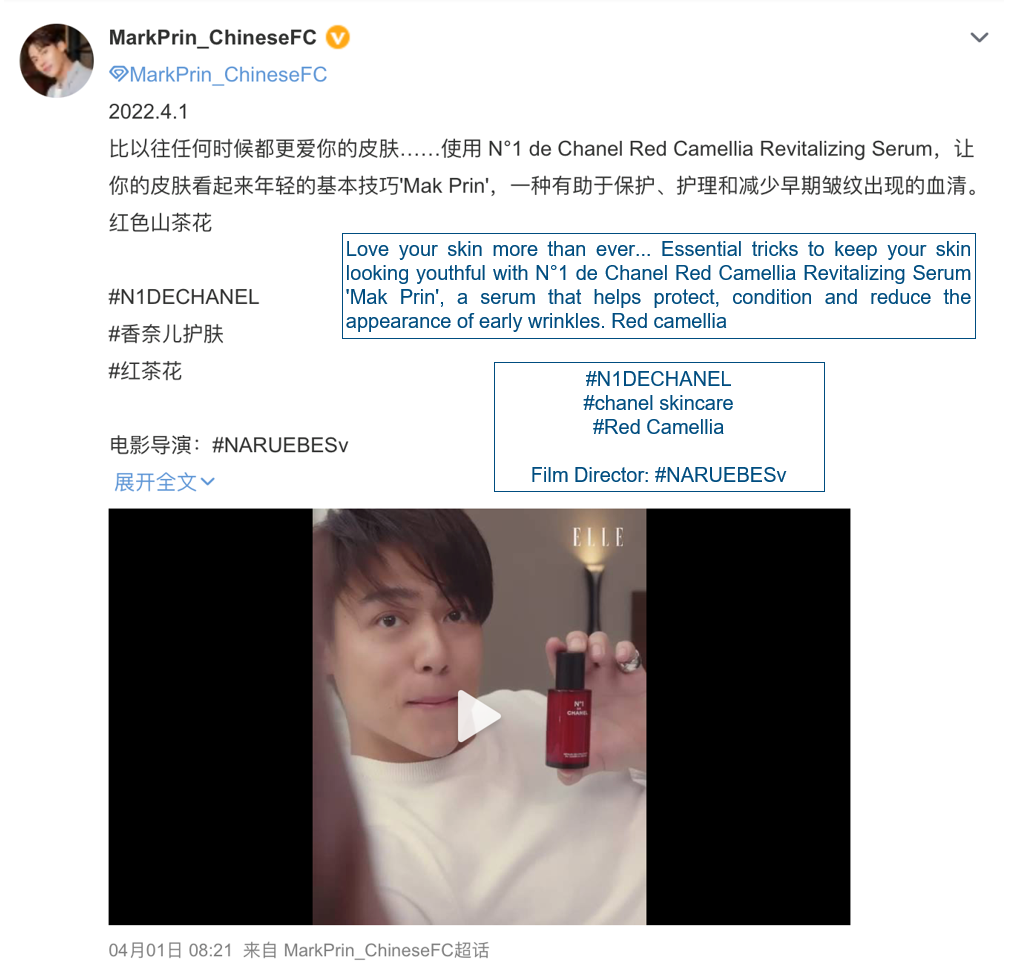
Chanel’s position in the Chinese market
- Chanel is one of the most prominent luxury brands presented in the Chinese market, and it is experiencing success due to the growth of the sector.
- Chanel has been promoting its environmental agenda; however, critics note that it is not effective enough to make a difference.
- Chanel is widely discussed on Chinese social media, but its sustainability strategy has not gained much attention in China.
Author: Sofia Tishchenko


